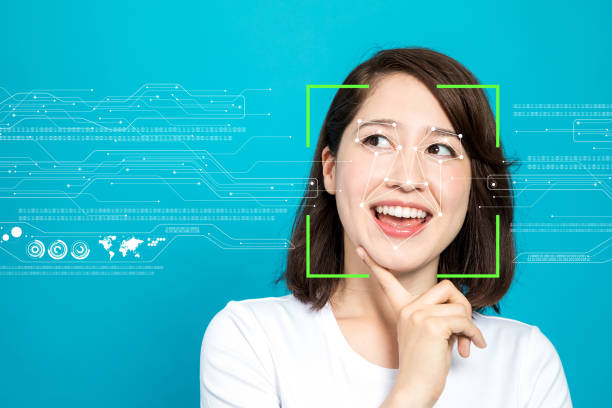


The Power of Facial Recognition: Revolutionizing Identity Verification and Security
In an age where digital transformation is reshaping the world, facial recognition has emerged as one of the most impactful technologies. From unlocking your phone to boarding a flight or making a secure online transaction, facial recognition is becoming an integral part of our everyday lives. It offers a fast, contactless, and efficient way to verify identity—but it also comes with challenges that the tech world must address, especially the growing concern of deepfakes. That’s where deepfake detection plays a critical role.
Facial recognition is a type of biometric technology that identifies or verifies individuals based on their facial features. It works by capturing an image or video of a person’s face, analyzing facial features such as the distance between the eyes, the shape of the cheekbones, and the contour of the jawline, and comparing that data with images stored in a database.
The technology uses complex algorithms and artificial intelligence (AI) to carry out this analysis, allowing for extremely accurate results—especially when high-resolution data is available. Unlike passwords or tokens, facial recognition is based on unique biological characteristics that are difficult to forge or steal, making it an attractive solution for secure authentication.
Facial recognition is no longer a futuristic concept—it’s a present-day reality being implemented across various sectors:
Governments and law enforcement agencies use facial recognition for surveillance and criminal investigations. It helps track wanted criminals, identify missing persons, and monitor crowds during large public events.
Banks and fintech companies use facial recognition for customer onboarding, KYC (Know Your Customer) compliance, and transaction verification. It offers an additional layer of security that’s hard to replicate.
Airports and border control agencies are integrating facial recognition to speed up identity verification, reduce wait times, and enhance border security. Automated e-gates are now common in many international airports.
Retailers are experimenting with facial recognition to analyze customer behavior, personalize shopping experiences, and reduce theft. It can be used to identify VIP customers or detect suspicious activities.
Hospitals and clinics use facial recognition to identify patients accurately, manage access to restricted areas, and streamline patient records.
While facial recognition brings a host of benefits, it also opens the door to new kinds of digital threats—most notably, deepfakes. Deepfakes are hyper-realistic images, videos, or audio recordings generated using AI to impersonate real individuals. These manipulated media pieces can fool facial recognition systems, leading to identity theft, financial fraud, and misinformation.
Imagine a scenario where a cybercriminal uses a deepfake video to bypass a facial recognition system and gain access to a bank account or sensitive corporate network. The implications are alarming, and traditional facial recognition systems are often not equipped to differentiate between real and AI-generated content.
This is where deepfake detection becomes crucial. Deepfake detection refers to the use of advanced algorithms and AI tools to identify synthetic media. These systems analyze inconsistencies in image quality, lighting, eye movements, facial muscle behavior, and other subtle cues to detect fakes.
By integrating deepfake detection into facial recognition platforms, companies can ensure that their systems are not easily manipulated. The combination of both technologies is becoming standard practice in high-security environments where trust and data integrity are paramount.
Looking ahead, facial recognition will continue to evolve alongside advancements in AI, machine learning, and computer vision. Here are some trends to watch:
Facial recognition is transforming how we verify identity, enhance security, and streamline user experiences across industries. However, with great power comes great responsibility. The rise of deepfakes presents a real threat to the integrity of this technology, but with the integration of deepfake detection, organizations can stay protected.
